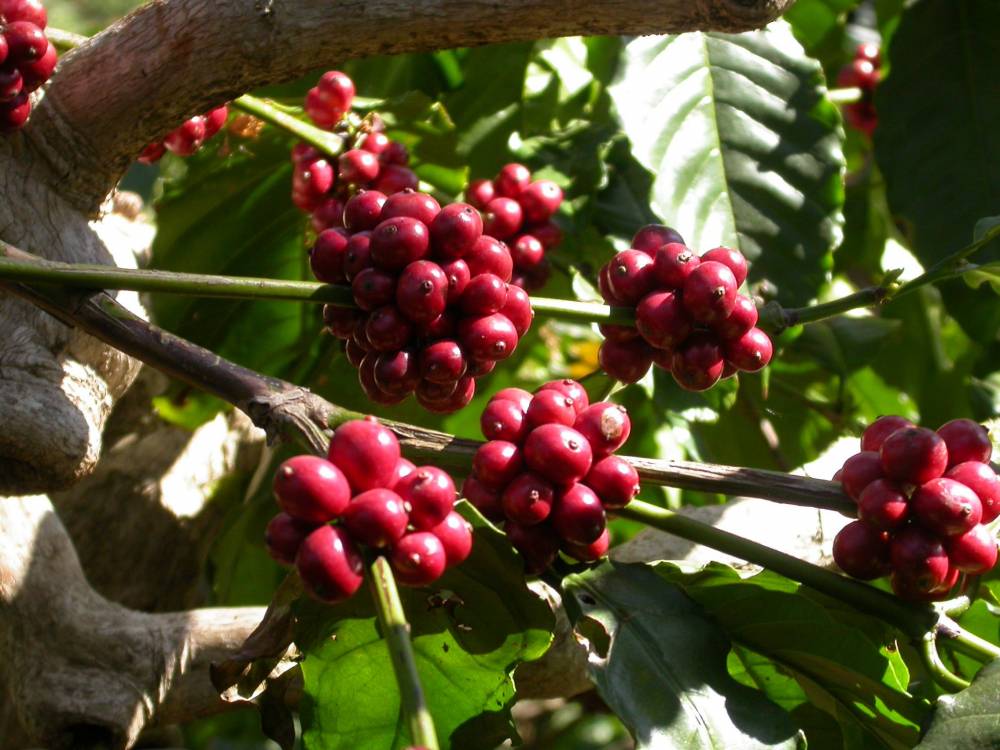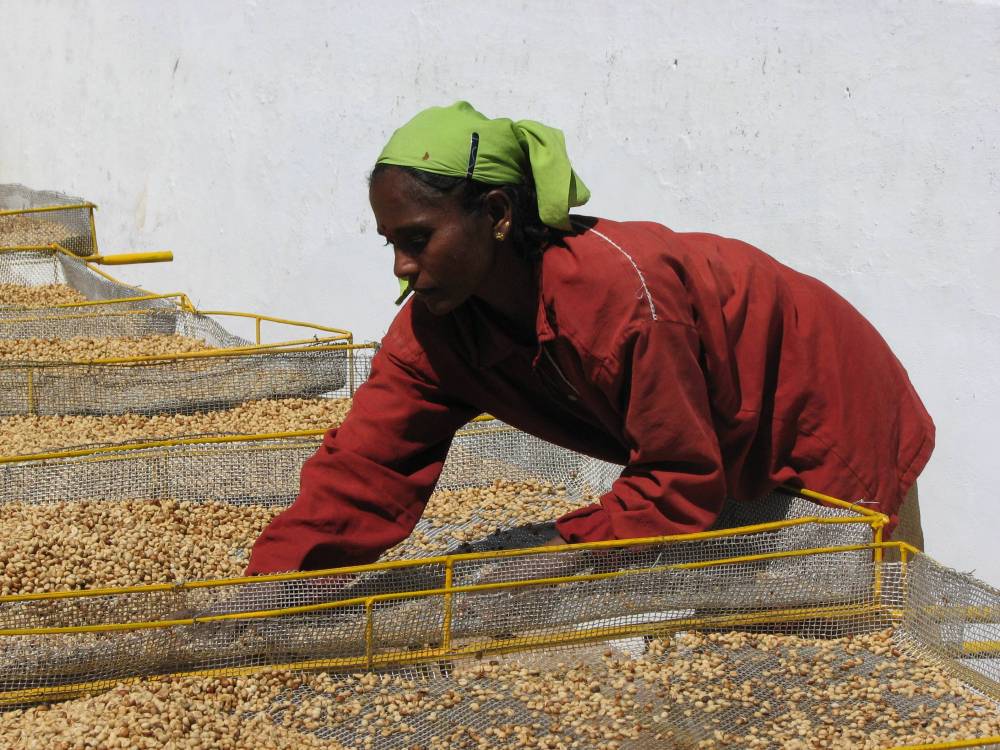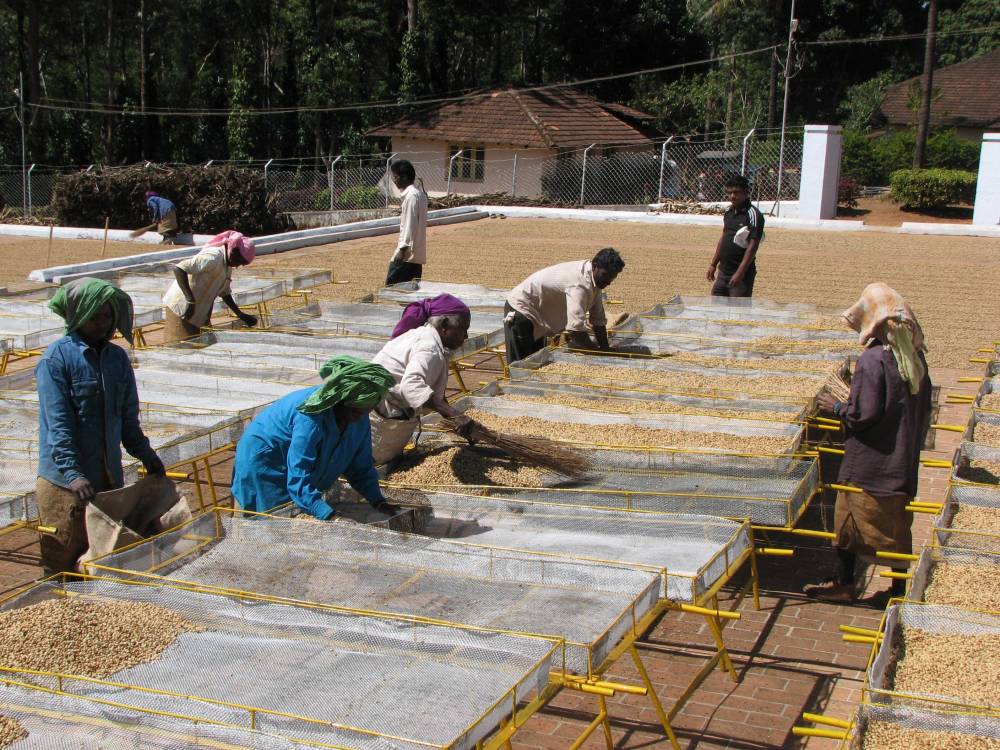Raigode estate
Kodagu district, Karnataka state, India






Our days on the estate, the maharaja and radiant smiles
On the way back to Bangalore from the Kodagu district, where we had gone to check on the processing of our robusta from the Raigode estate, we stopped two or three days in Mysore, a city famous for its maharaja’s palace and for having made life difficult for the British colonisers.
It was the Mysore market, however, that caught our attention where the stench of a thousand hustling bodies, the strong odour of meat which is no longer fresh, the aroma of the spices so numerous that it is impossible to distinguish one from the other, stuns your senses; where you are smitten by the innocent wonder of the infants and children crowding around you to see themselves in the camera which has just filmed them….. laughing, they call to each other, they hide their faces to disguise their smiles and their embarrassment….. and, getting up their courage, they ask you to film them again, without expecting anything in return, just happy about the whole thing.
A high quality robusta, a resource for exceptional blends







Where does the coffee we have selected come from?
Kodagu district is particularly suitable for growing coffee and pepper. In this area, frequently crossed by groups of elephants, coffee trees are grown under the natural shade of a tall, thick and impenetrable-looking jungle and they are defended by electrified wires to prevent the pachyderms’ passage.
The estate is owned by the Bombay Burmah Trading Company: this company played a very important role in the production and sales of Indian coffees having selectively harvested a special botanical variety of Arabica, named BBTC, which has then been used all around India.






Characteristics of this coffee
The accuracy of the post-harvest processing makes it possible to obtain a clean defectless estate robusta, with a neutral organoleptic profile which makes it ideal for the use in espresso blends, in moderate quantities though.
Some data
- Botanical variety: 76% Sel. 274, 20% Congensis, 4% Peradenyia
- Processing: washed, in fermentation tanks (parchment)
- Harvest: January – March
- Drying: sun dried
- Altitude: 850 – 950 m asl
- Quality/screen: AB

